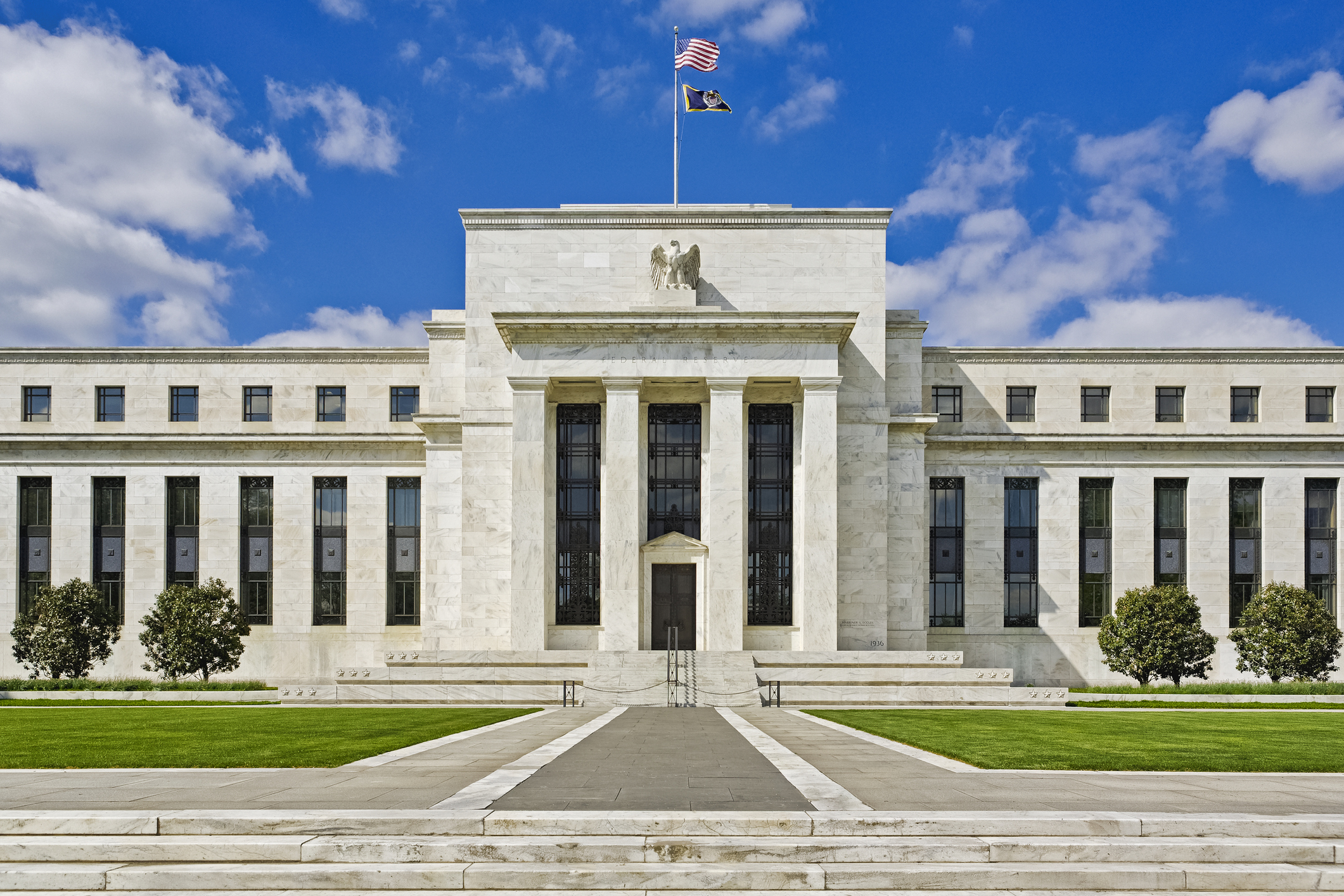The Federal Reserve has cut interest rates for the first time since March 2020 — the beginning stages of the COVID-19 pandemic.
Forbes reported that on Wednesday, Sept. 18, 2024, the U.S. central banking system announced the significant move that will have a widespread effect on Americans’ finances, making borrowing less expensive.
Following a split decision on whether to make a 25- or 50-basis-point cut, the Fed’s policy-setting committee reduced the federal funds rate by 50 basis points. As inflation continues to moderate, the adjustment lowers the interest rate to a range of 4.75% to 5%, down from 5.25% to 5.5%, which were the highest levels since 2001.
“Today, the Federal Open Market Committee decided to reduce the degree of policy restraint by lowering our policy interest rate by 1/2 percentage point,” Fed Chairman Jerome Powell said at a news conference following the announcement. “This decision reflects our growing confidence that, with an appropriate recalibration of our policy stance, strength in the labor market can be maintained in a context of moderate growth and inflation moving sustainably down to 2 percent.”
According to Forbes, the Fed primarily controls the federal funds rate, which sets the interest rate on overnight cash reserve transactions between banks. However, its decisions influence borrowing rates throughout the economy.
The outlet reported that cutting interest rates will have a wide-ranging impact on various financial products.
Notably, mortgage rates, closely linked to government bond yields, have recently fallen to a 19-month low of 6.2% for 30-year fixed loans, with further declines likely.
Auto loans are expected to become more affordable, and borrowers with variable-rate private student loans and credit cards should anticipate their interest rates decreasing. The lower interest rates will also affect companies’ accessibility to credit, further opening up hiring and helping unemployment rates stay low.
On the contrary, high-yield savings accounts, money market funds, and certificate of deposit accounts could see diminishing returns.
In his remarks, Powell emphasized the Fed’s commitment to achieving maximum employment and stable prices for Americans. He asserted that the economy has made significant progress, with inflation on a downward trend, decreasing from a high of 7% to approximately 2.2% in August. He also reaffirmed the Fed’s readiness to adjust policies as needed to support both employment and price stability.
“We remain committed to supporting maximum employment, bringing inflation back down to our 2 percent goal, and keeping longer-term inflation expectations well anchored,” Powell said. “Our success in delivering on these goals matters to all Americans.”
He concluded, “We understand that our actions affect communities, families, and businesses across the country. Everything we do is in service to our public mission.”


